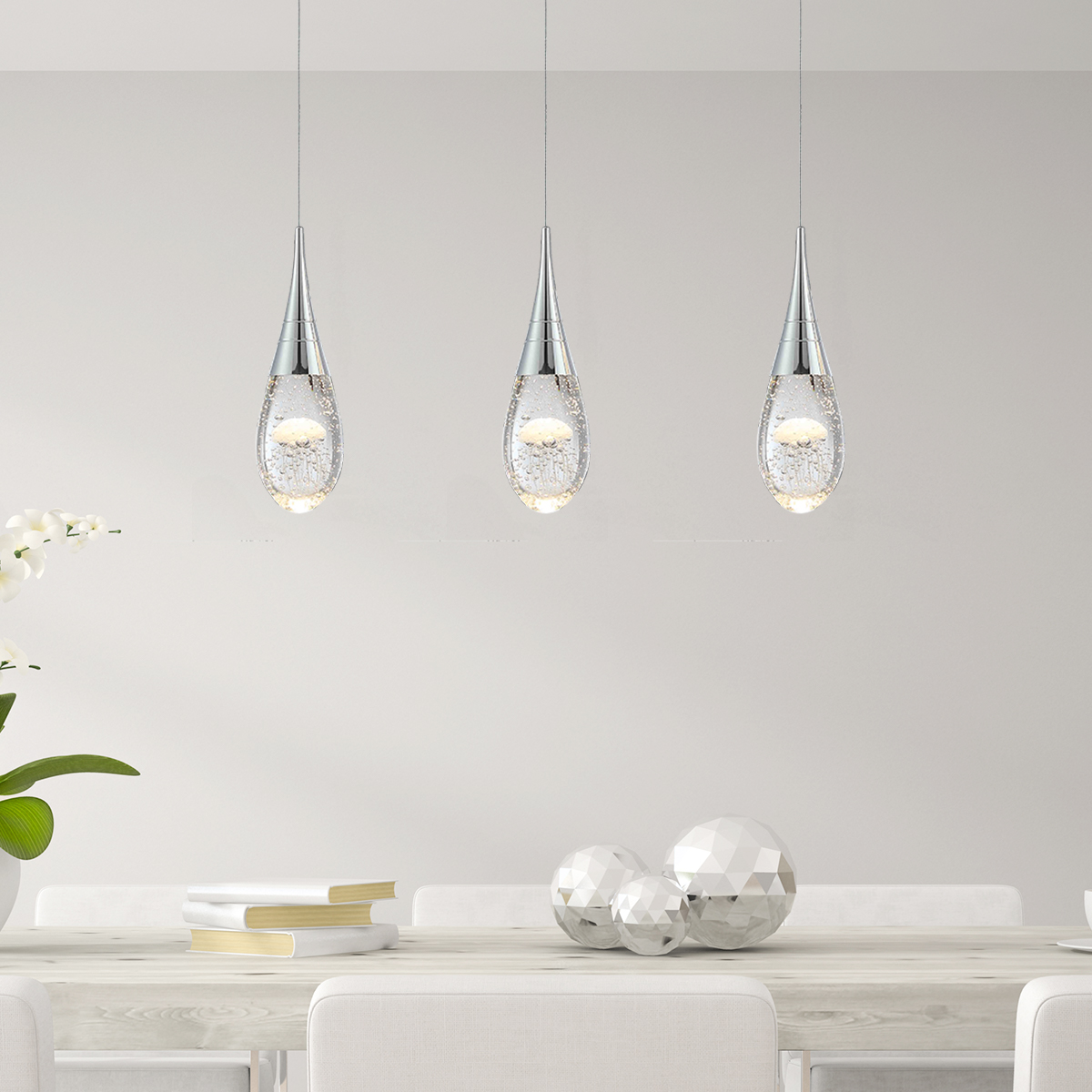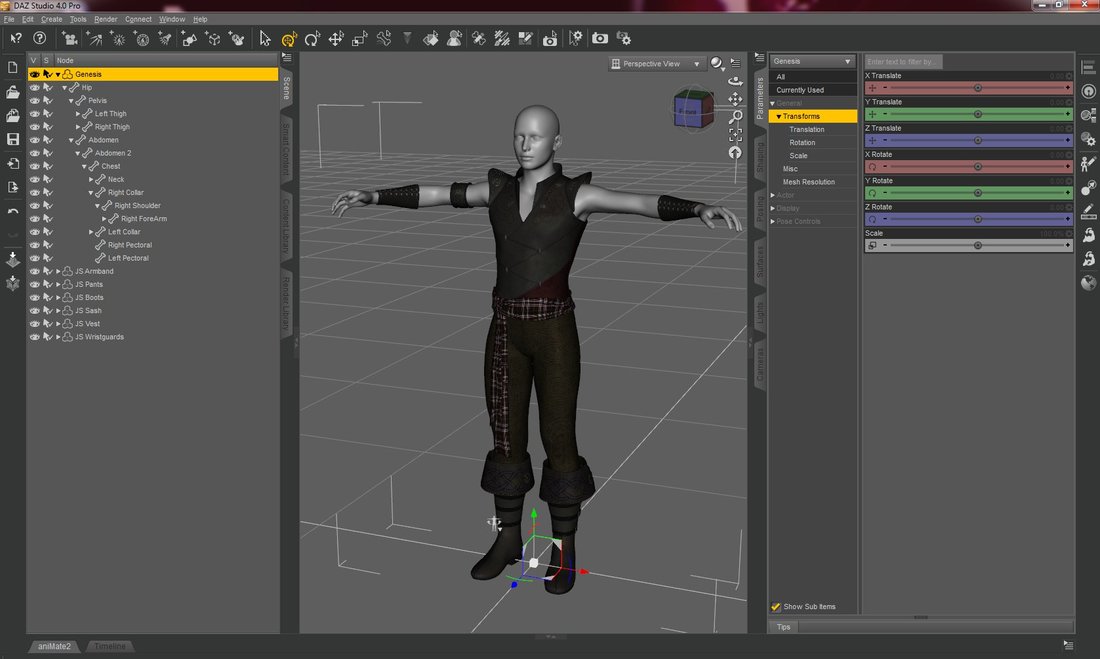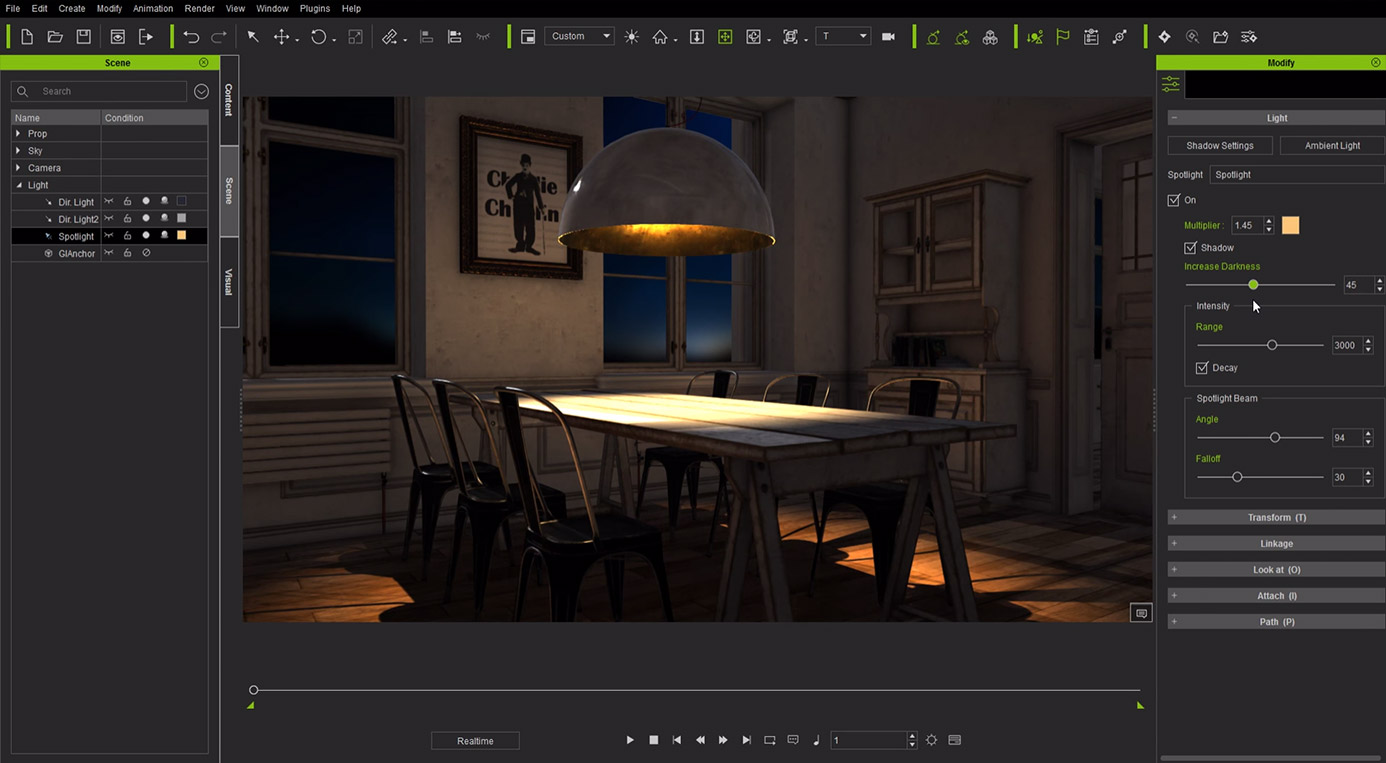


There has been significant developments in the use of photometric stereo for 3D imaging in recent years. This technique makes no assumption about the surface smoothness and can be calculated with reasonable computational cost. More recently, there have been significant advances by using learning-based algorithms 10, 3D morphable model algorithms 11 and coupled radius basis function network algorithms 12, that rely on large data training to recover 3D information from a single 2D image.Īn alternative approach, which was first introduced by Woodham and known as photometric stereo 13, allows depth and surface orientation to be estimated from multiple images of a static object taken from the same viewpoint, but under different illumination directions. It is also possible to extract 3D information from a single image, namely shape from shading 9, by utilising assumptions of uniform surface reflectivity. Traditional stereo vision approaches rely on the correspondence between photo elements from two cameras which sometimes can be difficult to determine. The principle of traditional stereo vision techniques is triangulation, in which the unique contours of the object can be determined with the photos taken from two unparalleled cameras 8. In addition to these aforementioned techniques, stereo vision (also known as stereoscopic vision or stereopsis) is another extensively used technique in 3D imaging, which reconstructs a 3D object by deducing the spatial shape and position of the object through parallax between the corresponding pixels from different images of the object as observed from multiple viewpoints 7. By using various structured illumination patterns (most simply sine wave), 3D surface profiles of objects can be measured with a height error within millimeters 5, 6. The structured illumination method uses the information from the distortion of the projected structured-light pattern to extract the 3D surface geometry. However, if the surface in the scene is non-planar, the projected structured-light pattern in the corresponding image will be distorted due to surface geometry 4. If the surface in the scene is planar without any 3D surface variation, the pattern shown in the corresponding image will be the same (or similar) to that of the projected light pattern. Having a calibrated projector-camera pair, a light pattern is projected onto the scene and imaged by the camera (or cameras). With information extracted from the combined waves, interferometry can be used to inspect optical surfaces and provide high precision mapping to a small fraction of a wavelength 3.Īnother reliable non-contact 3D imaging technique is structured illumination.

light or radio waves) with the same or nearly the same frequency can be superimposed to form a resultant wave with a greater or lower amplitude 2. The principle of interferometry is based on the phenomenon that two waves (e.g. On the smallest scale, interferometry is an extensively utilized technique for 3D surface reconstruction.

There are various approaches for performing 3D imaging. 3D imaging has applications in a wide range of disciplines, for instance, prototyping, object recognition, robot navigation, 3D movies and games 1. Three dimensional (3D) image reconstruction is a procedure of creating a mathematical representation of a 3D object.


 0 kommentar(er)
0 kommentar(er)
